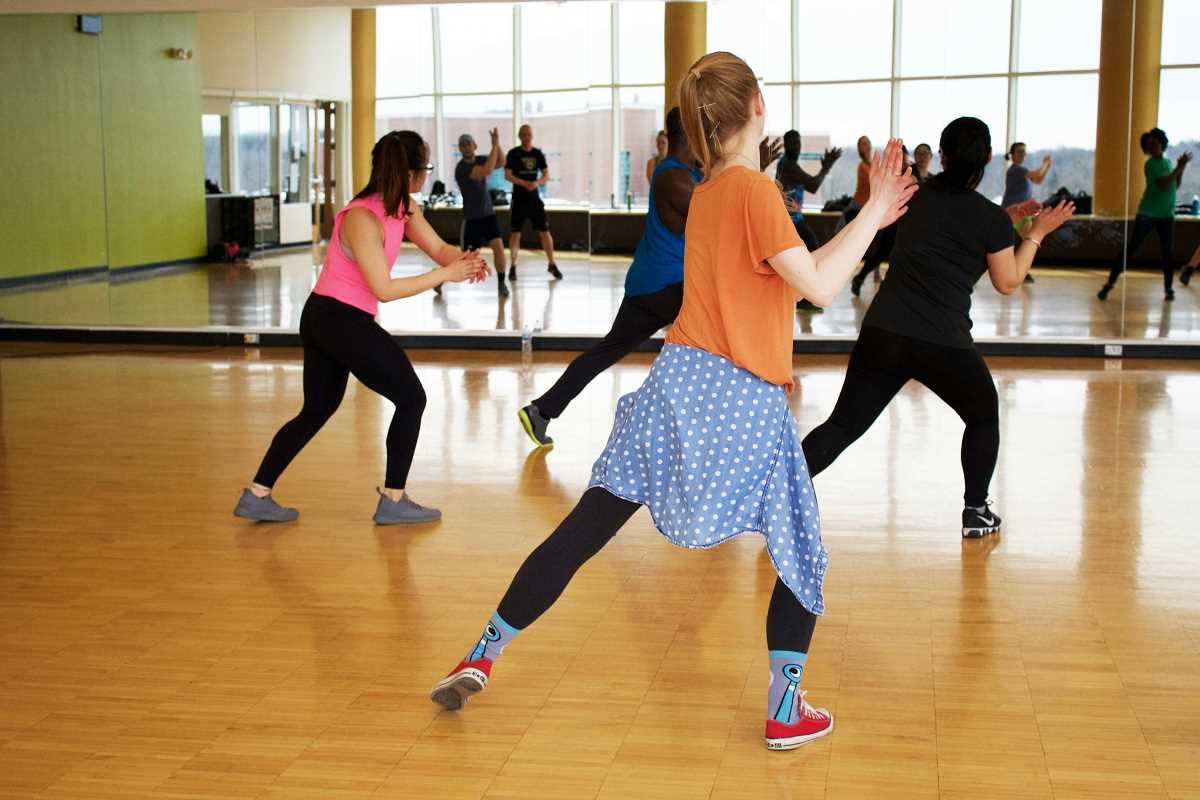Preparing for a 10K run—6.2 miles of effort, determination, and achievement—requires more than just lacing up your running shoes and hitting the pavement. Whether you’re a first-timer or an experienced runner aiming for a personal best, having a structured training plan is essential for success.
A well-thought-out plan doesn’t just improve your performance; it also minimizes the risk of injury and makes training more enjoyable. Here's a comprehensive breakdown of the best types of training plans to set you up for 10K success.
Why a Training Plan Matters
A structured training plan serves as your roadmap to the finish line. It organizes your workouts in a way that gradually builds endurance and speed, ensuring you’re race-ready without risking injury. Running without a plan can lead to overtraining, burnout, or insufficient preparation, leaving you struggling on race day. A good plan balances all the critical components of training—mileage, speed work, rest, and recovery—helping you train smarter, not harder.
Additionally, training plans keep you motivated and accountable. There’s a sense of accomplishment in ticking off each workout as you progress toward your goal. Whether you’re chasing a personal record or completing your very first 10K, following a structured regimen provides clarity and focus.
Types of Training Plans
Training plans for a 10K can be tailored to suit your current fitness level and running experience. These generally fall into three categories: beginner, intermediate, and advanced. Each has unique components that cater to specific needs and goals.
1. Beginner 10K Training Plan
Who It’s For:
This plan is ideal for those new to running or transitioning from shorter distances, such as 5K. It emphasizes building endurance and confidence over time.
Key Components:
- Gradual Mileage Buildup: Workouts start with shorter distances (1 to 2 miles) and slowly increase weekly mileage. This method ensures your body adapts to the demands of running longer distances.
- Run-Walk Intervals: These are often used at the beginning to help new runners build stamina without overexerting themselves. For instance, you might alternate between 3 minutes of running and 1 minute of walking.
- Focus on Consistency: The goal is to create a routine with 3 to 4 runs per week. It’s more important to show up consistently than to worry about speed or mileage early on.
- Rest Days: Scheduled 2–3 days a week, rest days allow your body to recover and prevent overuse injuries.
2. Intermediate 10K Training Plan
Who It’s For:
This plan is designed for runners with a base level of fitness who have completed a 10K or other races in the past. It incorporates more variety to build strength and boost performance.
Key Components:
- Steady Mileage Progression: Weekly mileage starts at a moderate level (e.g., 2 to 4 miles per run) and increases incrementally over 8–12 weeks.
- Speed Work: Introducing intervals or tempo runs helps improve pace and overall cardiovascular endurance. An example is running 4-minute intervals at a challenging pace, followed by 2 minutes of recovery jogging.
- Long Runs: Held once a week, long runs gradually build distance (e.g., starting at 3 miles and peaking at 7 or 8 miles). These runs mimic race-day conditions and prepare your body for sustained effort.
- Cross-Training: Activities like cycling, swimming, or strength training are included once a week to build strength and prevent burnout from running alone.
- Fewer Rest Days: This plan typically includes 1–2 rest days each week, as the body becomes more adapted to running.
3. Advanced 10K Training Plan
Who It’s For:
This plan is tailored for experienced runners seeking a competitive edge or a new personal best. It focuses on intensity, precision, and peaking at the right time.
Key Components:
- High Mileage: Weekly mileage is higher, often starting at 25+ miles and climbing to 40+ miles during peak weeks.
- Advanced Speed Work: Workouts include hill sprints, fartlek training (speed play), and track intervals to push your anaerobic threshold and build race-day speed.
- Taper Periods: The plan includes a taper phase, which reduces volume in the final weeks leading up to the race. This ensures optimal recovery before race day.
- Strength and Core Training: Advanced runners focus heavily on strengthening muscles stabilizing the hips and core, reducing imbalances that could hinder speed or performance.
- Minimal Rest Days: Most weeks have only one full rest day, with active recovery (such as light jogging or yoga) on other days to maintain momentum.
How to Choose the Right Training Plan
Selecting the ideal training plan depends on several factors, including your fitness level, running experience, and personal goals. Here are some tips to guide your decision:
- Assess Your Starting Point: Evaluate your current fitness level. If running 2 miles feels challenging, opt for a beginner plan. If you can comfortably run 3–4 miles and want to improve your time, an intermediate plan might be a better fit.
- Set Realistic Goals: Define your primary goal for the 10K. Are you simply trying to complete the race, or are you aiming for a specific time? Choose a plan that aligns with these objectives.
- Consider Your Schedule: Ensure the plan you choose fits your life. Training requires commitment, so look for a program that works with your availability to avoid undue stress.
- Adapt as Needed: Life happens, and you may need to adjust your plan. Make modifications if you miss workouts or find a particular aspect too challenging—but don’t skip the rest days or overtrain.
Benefits of a Well-Rounded Training Plan
A balanced training plan prepares both your body and mind for race day. Physically, it prevents injuries by gradually increasing workload and emphasizing recovery. Mentally, it builds confidence as you hit milestones leading up to the race. By following a plan that incorporates all aspects of running—from endurance and speed work to rest and cross-training—you set yourself up for a strong, enjoyable 10K finish.
Whether it’s your first or fiftieth 10K, the right training plan will guide you through the challenge. By staying consistent and committed, you’ll cross the finish line feeling accomplished and ready to set your sights on your next goal.
 (Image via
(Image via





